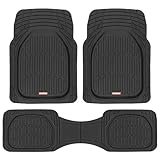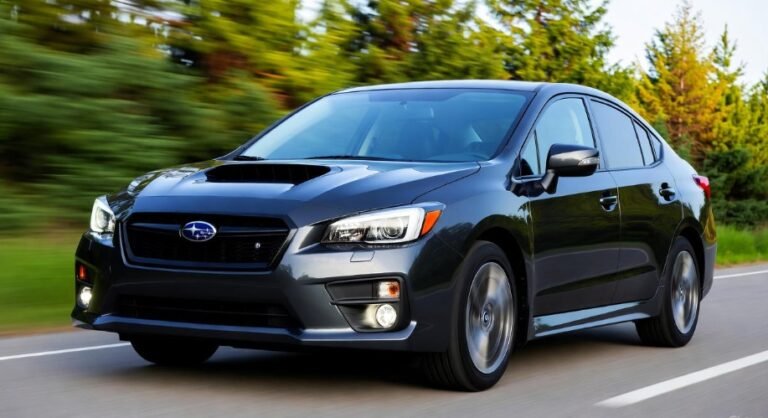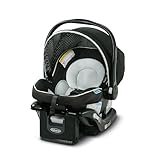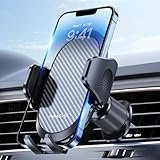How to Tell If My Kia Has an Immobilizer: The Complete Guide
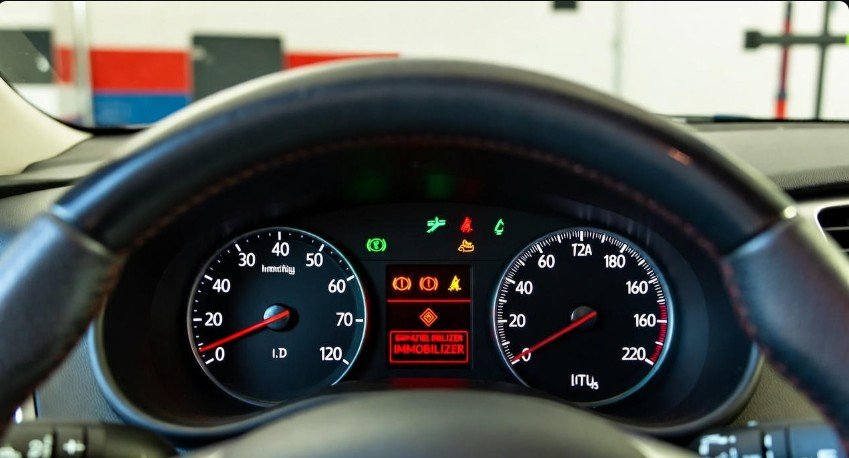
Have you ever wondered what keeps your Kia safe when you park it on a busy street or leave it overnight in your driveway? It’s not just the locks or alarm system—it’s something far smarter, called the immobilizer. Think of it as your car’s invisible bodyguard, silently watching over your engine. Many Kia owners don’t even realize their vehicle has this built-in layer of protection until something goes wrong—like a car refusing to start with a duplicate key.
An immobilizer is an electronic security system that prevents your Kia’s engine from starting unless the correct, programmed key is present. It’s designed to stop car thieves dead in their tracks—literally. But if you’re unsure whether your Kia has an immobilizer, don’t worry. You’re not alone. In this guide, we’ll walk you through every detail—how to check if your car has one, how it works, what the indicators mean, and how to handle issues when they arise.
Understanding What an Immobilizer Does in a Kia
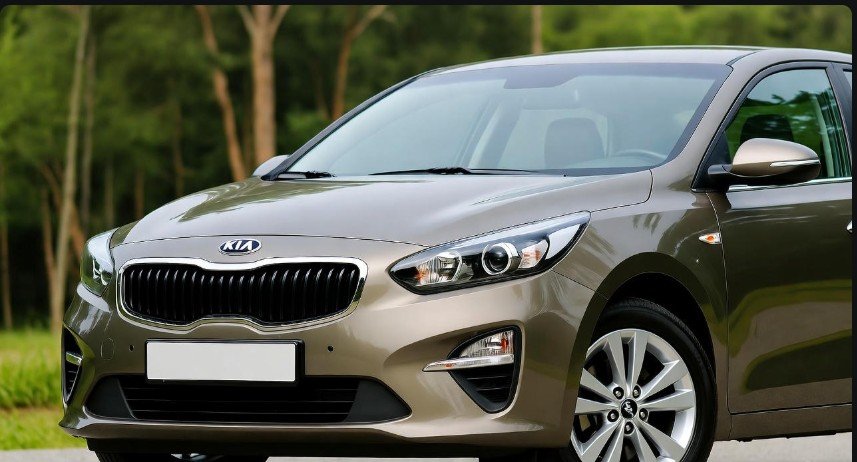
Imagine you’re trying to open a vault. You might have a key that looks identical to the real one, but without the right digital code, the vault won’t open. That’s exactly how a Kia immobilizer works. It doesn’t just rely on the shape of the key—it also checks the electronic signal embedded within it. When you insert your key or press the start button, the immobilizer sends a signal to the key’s microchip. If the code matches, the engine starts. If not, your Kia remains still and silent.
This system was introduced to reduce vehicle theft, which used to be a major concern in the 1990s. Today, nearly all modern Kia models—like the Sorento, Sportage, and Forte—are equipped with immobilizers by default. These systems are now mandatory in most countries due to their effectiveness.
Here’s a quick look at how the immobilizer functions:
-
Electronic Communication: Your car and key exchange coded signals.
-
Engine Control: The system blocks the fuel or ignition if the code doesn’t match.
-
Security Enhancement: Prevents hot-wiring or forced ignition starts.
So, if someone tries to start your Kia without the right key, the immobilizer ensures the engine stays off—like a digital guardian refusing to open the gates.
How to Tell If Your Kia Has an Immobilizer
Now that you understand what it does, let’s talk about how to tell if your Kia has an immobilizer. The signs might be subtle, but they’re there if you know where to look.
1. Check Your Owner’s Manual
The first and easiest step is to grab your Kia’s owner’s manual. It contains a treasure trove of information about your car’s security features. Flip through the “Security System” or “Starting and Driving” section. If your car is equipped with an immobilizer, it will be clearly mentioned there.
But what if you’ve misplaced the manual? No worries—you can:
-
Visit Kia’s official website and download a PDF version of your car’s manual.
-
Call your local Kia dealership, provide your VIN number, and ask them to verify it for you.
They can instantly confirm whether your car has an immobilizer by checking your vehicle’s build data.
2. Look for Key Fob Symbols
Modern Kias often come with a smart key or key fob. These fobs do much more than unlock your doors—they also contain a transponder chip that communicates with the immobilizer system.
If your key fob has a small icon that looks like a car with a key inside it, that’s your first clue. This symbol usually means your fob includes an immobilizer chip.
Here’s what to look for:
-
A key or padlock icon on your key fob.
-
A metal key blade inside your smart key (some hybrid keys combine both).
-
The ability to start your car only when the fob is near or inside the vehicle.
Older Kia models (from the early 2000s) might have a physical key with a black plastic head. If it feels slightly heavier or thicker than a regular key, it probably has a transponder chip embedded inside.
3. Watch for Dashboard Security Indicators
When you turn your Kia’s ignition to the “ON” position (without starting the engine), look closely at your dashboard. Do you notice a small light that looks like a key, padlock, or car with a key symbol? That’s your immobilizer indicator.
This light usually appears briefly and then goes off once the system recognizes your key. If it flashes rapidly or stays lit, it may indicate a problem—like a key recognition failure or system error.
Here’s a simple breakdown of what the indicator might mean:
| Light Behavior | Meaning |
|---|---|
| Lights up briefly | Normal—system check complete |
| Flashes continuously | Key not recognized or mismatch |
| Stays on | Immobilizer fault detected |
So, the next time you start your Kia, keep an eye on this symbol—it’s your car’s way of saying, “I’ve checked the key, and it’s safe to start.”
4. Consult a Kia Dealership or Locksmith
If you’ve checked the manual, inspected your key, and looked at your dashboard—but still aren’t sure—your best option is to consult a professional.
A Kia dealership can verify your immobilizer status using your car’s VIN. Alternatively, a certified automotive locksmith with diagnostic tools can scan your vehicle’s ECU (Engine Control Unit) to detect the immobilizer system.
These professionals can also:
-
Check if your key is properly coded.
-
Diagnose immobilizer-related issues.
-
Reprogram or replace lost keys if necessary.
Getting professional confirmation is especially useful if you bought your Kia secondhand, since not all previous owners maintain the same documentation or original keys.
5. Understanding Immobilizer Variations in Kia Models
Not all immobilizers are identical—Kia has updated its systems over the years. Depending on your model and year, the type of immobilizer and its integration might vary.
Here’s a quick snapshot:
| Model Year | Immobilizer Type | Typical Indicator |
|---|---|---|
| Pre-2005 | Basic transponder system | Key light or “SECURITY” text |
| 2006–2015 | Enhanced immobilizer with ECU pairing | Car/key icon |
| 2016–present | Smart Key with rolling code | Push-start lock symbol |
Newer models use encrypted rolling codes that change every time you start the vehicle. This makes it almost impossible for thieves to clone the key’s signal.
So, if you drive a newer Kia, you can rest easy knowing your immobilizer offers advanced anti-theft protection compared to earlier generations.
Why Knowing About Your Immobilizer Matters
Understanding whether your Kia has an immobilizer isn’t just about curiosity—it’s about safety, convenience, and even saving money in the long run.
Here’s why it matters:
-
Prevents theft: Without the programmed key, your Kia simply won’t start.
-
Avoids unnecessary panic: If your car doesn’t start, it might just be an immobilizer issue, not a major engine fault.
-
Helps with key replacement: If you lose your key, you’ll need it reprogrammed for the immobilizer.
-
Improves insurance security rating: Cars with immobilizers often qualify for lower insurance premiums.
In simple terms, knowing this one detail about your car can help you handle breakdowns, replacements, or theft concerns with confidence.
Common Signs Your Kia Immobilizer Is Active
Ever noticed your Kia refusing to start even though your battery and fuel are fine? That’s often a sign your immobilizer is active—or malfunctioning.
Here are some telltale signs:
-
The engine cranks but doesn’t start.
-
The security indicator flashes rapidly.
-
You get an “Invalid Key” or “Key Not Detected” message.
-
The remote key functions (like lock/unlock) still work, but the engine won’t turn over.
In such cases, try these simple steps:
-
Use your spare key to test if the problem lies with the original key.
-
Move your key closer to the ignition area or push-start sensor.
-
Wait a few minutes before trying again—sometimes the system needs to reset.
If the issue persists, your immobilizer chip or ECU might need reprogramming by a professional.
What to Do If Your Kia Immobilizer Malfunctions
A malfunctioning immobilizer can feel like your car is holding a silent protest—lights come on, but the engine stays still. While it can be frustrating, don’t panic.
Here’s what you can do:
-
Check your key battery: A weak key fob battery can cause miscommunication between the key and immobilizer.
-
Try your backup key: If that works, your original fob’s transponder might be faulty.
-
Disconnect and reconnect the car battery: This can sometimes reset the system.
-
Call your dealer or locksmith: They can reprogram or repair your immobilizer within minutes.
Remember, never try to bypass the immobilizer. Not only is it illegal in many areas, but it can also damage your car’s ECU and void your warranty.
How the Immobilizer Communicates with Your Kia
At the heart of every immobilizer system is a quiet conversation between your key and your car. When you press the start button or turn the key, your Kia sends a short electronic challenge to the key’s transponder chip. The chip answers with a code. If the code matches what the car expects, the engine will start. If not, the car will refuse to start. This exchange takes less than a second. It is simple, but powerful.
This system is designed to stop common theft methods like hot-wiring or copying a key’s metal shape. Modern systems use rolling codes that change after each use. That makes cloning nearly impossible. So, if you wonder how to tell if my Kia has an immobilizer, understanding this handshake helps: if your car checks for a code and will only start for that code, it has an immobilizer.
Key Programming and Reprogramming — What You Need to Know
Losing a key or getting a new one made isn’t as simple as cutting metal anymore. A replacement key must be programmed to the immobilizer. Programming links the new key’s transponder to the vehicle’s ECU. Without programming, the new key will unlock doors but won’t start the engine.
Most dealerships can program a new key using your vehicle’s VIN. Some certified automotive locksmiths can also program keys at lower cost. If you buy a used key online, make sure it is blank and never pre-programmed for another vehicle. Otherwise, the immobilizer won’t accept it. Programming is a quick process with the right tools. It’s also the safest way to keep your Kia secure.
Step-by-Step Troubleshooting When Your Kia Won’t Start
When your Kia refuses to start, it can be confusing. The problem might be the battery, the starter, or the immobilizer. To check for an immobilizer issue, try these short steps in order. Each step is simple and quick.
-
Check the key fob battery. A weak battery can stop the transponder communicating.
-
Try the spare key. If the spare works, the main key may be faulty.
-
Watch the dashboard for the security light when you turn the ignition on.
-
Move the key closer to the start button area—some units are sensitive.
-
Disconnect the car battery for a few minutes, reconnect, and try again as a soft reset.
If these steps don’t work, call a professional. Avoid DIY immobilizer bypasses. They can damage the ECU and may be illegal.
Costs: How Much Will Reprogramming or Repairing an Immobilizer Cost?
Cost varies by model year, location, and whether you use a dealer or locksmith. Expect a range, not a fixed number. A rough guide will help you plan.
| Service | Typical Cost Range (USD) | Notes |
|---|---|---|
| Key fob battery | $5 – $25 | Low cost; try this first. |
| Key reprogramming (locksmith) | $70 – $180 | Often cheaper than dealer. |
| Key reprogramming (dealer) | $150 – $350 | Includes OEM key price sometimes. |
| Immobilizer module repair | $300 – $1,000+ | Depends on part and labor. |
Repair costs can rise if the immobilizer module or ECU needs replacement. Insurance sometimes helps if theft or vandalism caused the damage. Keep receipts and records when you replace keys. That helps if you ever sell the car or make an insurance claim.
Common Myths About Immobilizers — Debunked
People like simple stories. That makes myths spread fast. Here are a few common myths and the truth behind them.
Myth: An immobilizer will stop all forms of theft.
Truth: It prevents key-based thefts and hot-wiring. It does not stop towing or theft by deception. Use locks, alarms, and parking best practices too.
Myth: If the key fob opens doors, the immobilizer must be working.
Truth: Door functions and starting functions are often separate. A fob can unlock doors while its transponder is not recognized by the immobilizer.
Myth: You can bypass the immobilizer easily.
Truth: Bypassing is hard, risky, and often illegal. It can damage electronics and void warranties.
Understanding what immobilizers do — and don’t do — helps you use them wisely.
Practical Tips to Keep Your Immobilizer Working Smoothly
Small habits avoid big headaches. Treat your keys like tiny, expensive computers. They have chips and radios. Here are practical tips that actually help.
-
Carry a spare key in a safe place. It’s the fastest way to solve an immobilizer refusal.
-
Replace the key fob battery yearly or when response slows. Low batteries can mimic chip failure.
-
Avoid water and impact. Dropping or soaking a key can damage the transponder.
-
Keep records. Note VIN and key serials when you buy the car. Dealers use VIN to program keys.
-
Secure spare keys: Don’t leave a spare tucked on or in the vehicle. Thieves know common hiding spots.
These small steps cost little but reduce stress when something goes wrong.
When to Call a Mechanic vs. a Locksmith vs. Dealer
Choosing the right help saves money and time. Each professional has strengths.
-
Automotive Locksmith: Best for key replacement and reprogramming at competitive prices. Good for mobile service.
-
Kia Dealer: Best when ECU or immobilizer module replacement is needed. They have OEM parts and full car history access.
-
Independent Mechanic: Good for electrical diagnostics. If the immobilizer issue ties into the engine control or wiring, a trusted mechanic helps.
If you suspect theft or ECU tampering, start with the dealer. If you only need a spare key fast, a locksmith is usually cheaper and faster.
Legal and Insurance Considerations
An immobilizer affects more than starting. It can affect insurance premiums and legal obligations. Many insurers offer discounts for cars with factory immobilizers. Check your policy. Ask your agent if your Kia’s immobilizer is listed. If it is, you may benefit from lower rates.
Also, when selling or transferring a Kia, disclose how many keys you have and whether they are programmed. Full transparency avoids legal disputes. Keep copies of programming receipts; they help prove ownership if ownership is ever questioned.
Real-World Anecdote — A Short Story from the Road
Last year, a friend of mine bought a used Kia from a private seller. The car looked great. On the first cold morning, the engine refused to start. The dashboard flashed the security symbol. We tried the spare key. Nothing. A nearby locksmith arrived and ran a quick scan. He explained the previous owner had only given one key, and the spare had never been programmed. The locksmith reprogrammed a new key on the spot and saved the day. My friend learned to ask for both keys and programming receipts at sale time. It was a small lesson that prevented a bigger headache.
FAQs — You Asked, I Answered
Q1: How do I know for sure how to tell if my Kia has an immobilizer?
A: Check the owner’s manual, inspect the key fob for a car/key symbol, watch the dashboard for a security light at ignition, or call a Kia dealer with your VIN.
Q2: Can I start my Kia with a copied metal key?
A: Usually no. Metal shape alone isn’t enough. The immobilizer needs the transponder code. A metal copy may unlock doors but won’t start the engine.
Q3: What if my key fob works for locks but the car won’t start?
A: That’s a classic immobilizer symptom. Try the spare key, check the fob battery, or get a scan from a locksmith or dealer.
Q4: Is it expensive to add an immobilizer to an older Kia?
A: You can install aftermarket systems, but costs and reliability vary. Factory systems are integrated and preferred. Aftermarket installation costs depend on features and labor.
Q5: Can I replace a lost key myself?
A: You can buy a blank key, but it must be programmed. Programming usually requires dealer or locksmith tools. DIY without tools typically won’t work.
Q6: Will replacing the car battery affect the immobilizer?
A: It can reset modules briefly. If the system loses power, it may need a short relearn routine. Usually a simple reconnect works and the immobilizer resumes normal function.
Q7: Does immobilizer data stay with the car or the key?
A: The immobilizer code resides in the car’s ECU and the key’s transponder. Both must match for the engine to start.
Final Thoughts — Peace of Mind in Plain Words
Knowing how to tell if my Kia has an immobilizer gives you control. It’s not about fear. It’s about being prepared. A simple check of the manual, the key fob, and the dashboard takes minutes and saves stress later. Keep a spare key, record your VIN and key info, and choose a trusted locksmith or dealer for programming. With these steps, your Kia’s invisible guardian will keep working quietly. You’ll sleep better knowing your car has an extra layer of protection.

